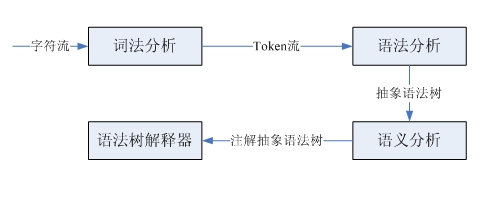python实现多线程的两种方式
目前python 提供了几种多线程实现方式 thread,threading,multithreading ,其中thread模块比较底层,而threading模块是对thread做了一些包装,可以更加方便的被使用。
2.7版本之前python对线程的支持还不够完善,不能利用多核CPU,但是2.7版本的python中已经考虑改进这点,出现了multithreading 模块。threading模块里面主要是对一些线程的操作对象化,创建Thread的class。一般来说,使用线程有两种模式:
A 创建线程要执行的函数,把这个函数传递进Thread对象里,让它来执行;
B 继承Thread类,创建一个新的class,将要执行的代码 写到run函数里面。
本文介绍两种实现方法。
第一种 创建函数并且传入Thread 对象中
t.py 脚本内容
import threading,time
from time import sleep, ctime
def now() :
return str( time.strftime( '%Y-%m-%d %H:%M:%S' , time.localtime() ) )
def test(nloop, nsec):
print 'start loop', nloop, 'at:', now()
sleep(nsec)
print 'loop', nloop, 'done at:', now()
def main():
print 'starting at:',now()
threadpool=[]
for i in xrange(10):
th = threading.Thread(target= test,args= (i,2))
threadpool.append(th)
for th in threadpool:
th.start()
for th in threadpool :
threading.Thread.join( th )
print 'all Done at:', now()
if __name__ == '__main__':
main()
thclass.py 脚本内容:
import threading ,time
from time import sleep, ctime
def now() :
return str( time.strftime( '%Y-%m-%d %H:%M:%S' , time.localtime() ) )
class myThread (threading.Thread) :
"""docstring for myThread"""
def __init__(self, nloop, nsec) :
super(myThread, self).__init__()
self.nloop = nloop
self.nsec = nsec
def run(self):
print 'start loop', self.nloop, 'at:', ctime()
sleep(self.nsec)
print 'loop', self.nloop, 'done at:', ctime()
def main():
thpool=[]
print 'starting at:',now()
for i in xrange(10):
thpool.append(myThread(i,2))
for th in thpool:
th.start()
for th in thpool:
th.join()
print 'all Done at:', now()
if __name__ == '__main__':
main()
以上就是本文的全部内容吗,希望对大家学习python程序设计有所帮助。
